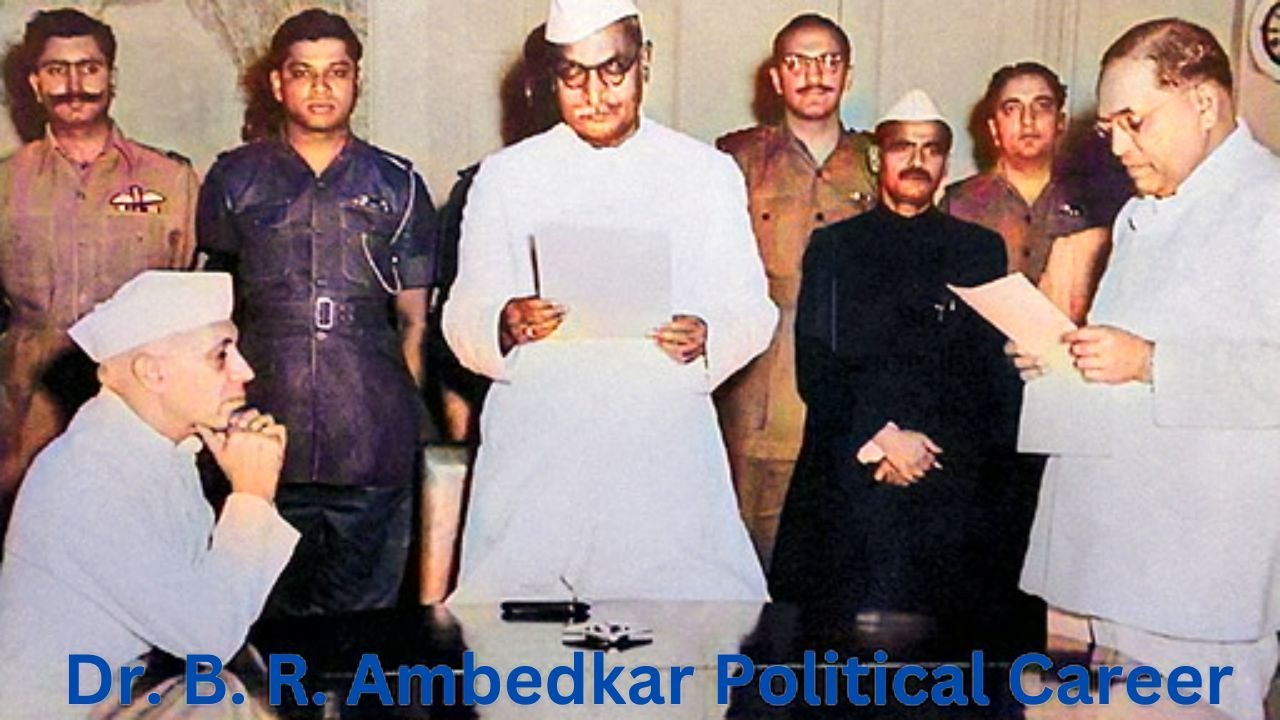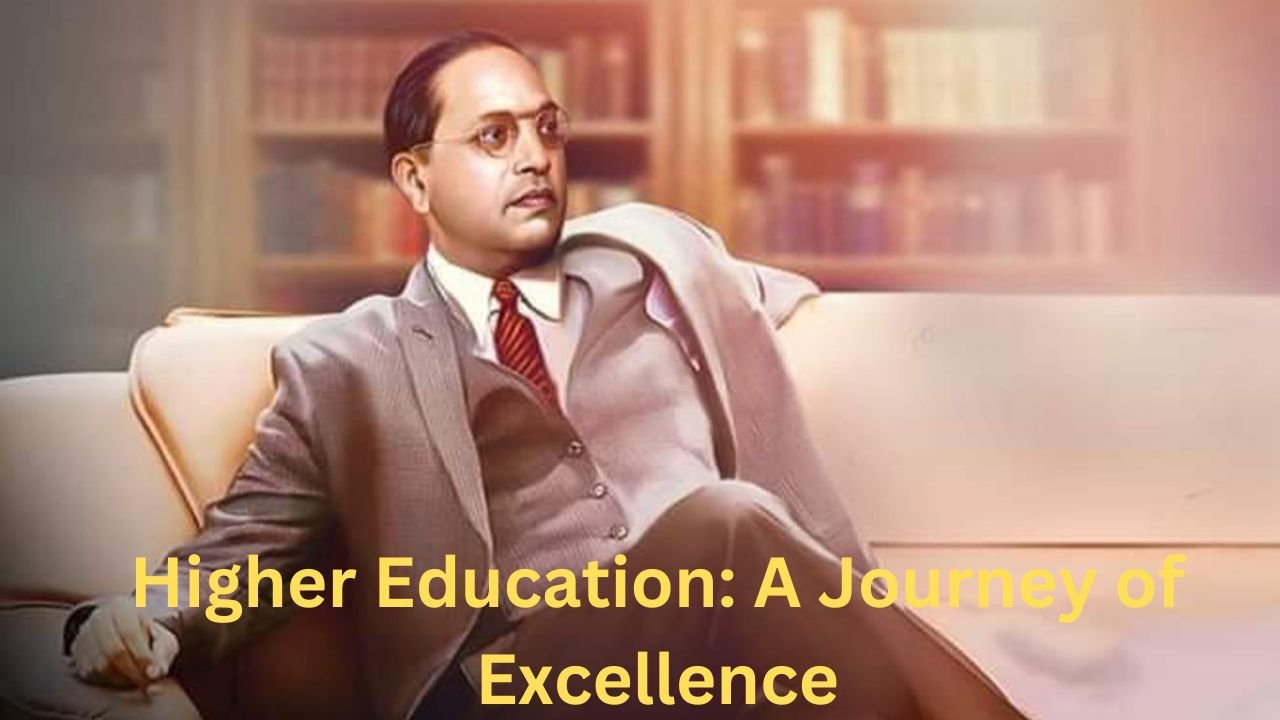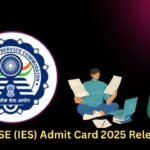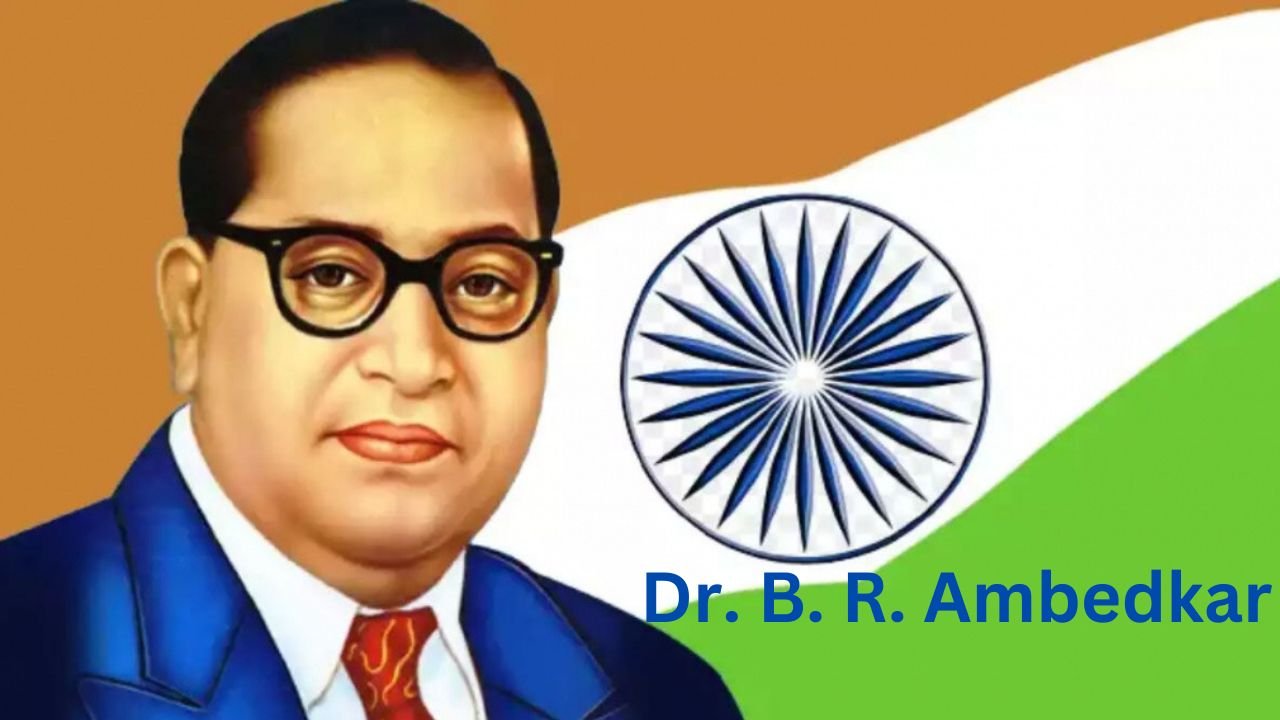Dr. BR Ambedkar: One of the most important figures in Indian history was Dr. Bhimrao Ramji Ambedkar, also known as Babasaheb. He was a social reformer, politician, scholar, and the main drafter of the Indian Constitution. He was a ray of hope for the downtrodden because of his unwavering battle against social injustices and his vision for an equal India. This blog explores many facets of his life and highlights his lasting contributions to society.
Dr. BR Ambedkar Early Life and Education
Bhimrao Ambedkar was born on April 14, 1891, in Mhow, a small military cantonment in present-day Madhya Pradesh. He was the 14th and youngest child of Ramji Maloji Sakpal and Bhimabai Sakpal. His family belonged to the Mahar caste, considered untouchable in the rigid caste hierarchy of India. Despite societal discrimination, his father instilled in him a love for education.
Ambedkar faced severe caste-based discrimination during his schooling. He was segregated, forbidden to sit with upper-caste students, and denied access to drinking water. However, these adversities only strengthened his resolve to seek knowledge and fight for justice. He matriculated from Elphinstone High School in 1907, becoming the first Dalit student from his community to do so.
Higher Education: A Journey of Excellence
Ambedkar’s thirst for knowledge took him to some of the most prestigious institutions in the world. He graduated in economics and political science from Elphinstone College in 1912. A scholarship from the Maharaja of Baroda enabled him to pursue further studies at Columbia University in New York. In 1915, he earned a Master’s degree in Economics and completed his PhD in 1927.
Ambedkar then went to the London School of Economics (LSE), where he earned a D.Sc. in Economics. Additionally, he was called to the Bar at Gray’s Inn, making him one of the most educated Indians of his time. His academic achievements were monumental, particularly for someone from an underprivileged background.
Disapproval of Untouchability
Ambedkar devoted his life to eliminating untouchability since he had personally witnessed this social ill. He started vigorous campaigns against caste discrimination in 1927, organizing marches to visit Hindu temples and win access to public water supplies. An important turning point in the Dalit movement was his Mahad Satyagraha in 1927 to gain access to the Chavdar Tank.
The inequities that Dalits suffered were made clear by Ambedkar’s writings and speeches. His 1936 book Annihilation of Caste is still regarded as a classic in the study of caste oppression and the fight against it.
The Poona Pact
Dr. BR Ambedkar: One of the most significant events in Ambedkar’s political journey was the Poona Pact of 1932. Initially, he supported separate electorates for Dalits, a demand opposed by Mahatma Gandhi. Gandhi’s fast-unto-death in protest led to negotiations between the two leaders. The resultant Poona Pact ensured reserved seats for Dalits in legislative assemblies but within a joint electorate framework. While it marked a compromise, it also highlighted Ambedkar’s commitment to Dalit empowerment.
Political Career
Ambedkar’s political career began with the formation of the Independent Labour Party (ILP) in 1936. The ILP focused on labor rights, economic reform, and social justice. Later, he founded the Scheduled Castes Federation in 1942, which eventually evolved into the Republican Party of India.
In 1947, he was appointed as the Minister of Law and Justice in independent India’s first cabinet. His role in shaping India’s political and social landscape remains unparalleled.

Drafting of India’s Constitution
Ambedkar’s most notable contribution was as the Chairman of the Drafting Committee of the Indian Constitution. Tasked with framing a document for the newly independent nation, he incorporated principles of equality, liberty, and fraternity. He ensured provisions to protect the rights of marginalized communities, such as reservations in education and employment for Scheduled Castes and Scheduled Tribes.
The Constitution, adopted on November 26, 1949, remains a testament to his vision for an inclusive and democratic India. Ambedkar’s emphasis on social justice and individual rights continues to guide the nation.
India’s economy and future
Ambedkar, who was trained as an economist, was well-aware of India’s economic difficulties. In order to reduce poverty, he promoted land reform and industrialization. His writings, such as The Problem of the Rupee, emphasized monetary policy concerns and promoted a centralized banking system, both of which had an impact on the Reserve Bank of India’s founding.
Dr. BRAmbedkar; The wellbeing of workers was part of Ambedkar’s vision. He promoted concepts that were ground-breaking for their day: equal pay for equal work, maternity benefits, and an eight-hour workday.
Personal Life and Marriage
In 1906, Ambedkar wed Ramabai. She supported him during his academic career despite his financial difficulties. Ambedkar wed Dr. Sharada Kabir (now Savita Ambedkar) in 1948 following her death in 1935. A Brahmin named Savita helped him in his later years, particularly while his health was deteriorating.

Conversion to Buddhism
Dr. BR Ambedkar: Disillusioned by the caste system in Hinduism, Ambedkar turned to Buddhism. On October 14, 1956, he, along with over half a million followers, converted to Buddhism in a grand ceremony in Nagpur. This mass conversion marked a significant moment in Indian history. Ambedkar’s reinterpretation of Buddhism emphasized social equality and justice.
Death and Legacy
Dr. Ambedkar passed away on 6-12-1956, in Delhi. He was posthumously awarded the Bharat Ratna, India’s highest civilian award, in 1990. His legacy endures through institutions, policies, and movements inspired by his ideals.
Religion and Social Philosophy
Ambedkar’s approach to religion was pragmatic. He believed religion should serve as a means of social empowerment. His reinterpretation of Buddhism as a rational and egalitarian faith laid the foundation for the Dalit Buddhist movement in India.
Views on the Aryan Invasion Theory
Ambedkar rejected the Aryan invasion theory, arguing it lacked historical and archaeological evidence. He believed the theory was used to justify caste hierarchies and perpetuate social division.
Critique of Communism
While Ambedkar supported labor rights and economic equality, he criticized communism for its authoritarian tendencies. He advocated for democracy as a means to achieve social and economic justice.
In Popular Culture
Dr. Ambedkar’s life has been depicted in numerous books, films, and plays. The biographical film Dr. Babasaheb Ambedkar (2000), directed by Jabbar Patel, offers a compelling portrayal of his struggles and achievements.
Works
Ambedkar’s writings are an invaluable resource for understanding India’s socio-economic challenges. Key works include:
- Annihilation of Caste
- The Buddha and His Dhamma
- The Problem of the Rupee: Its Origin and Solution
- Thoughts on Linguistic States
Dr. B. R. Ambedkar Stadium and Schools
Dr. BR Ambedkar: Numerous institutions bear his name, reflecting his enduring influence. The Dr. B. R. Ambedkar Stadium in Delhi serves as a hub for sports and public events. Similarly, schools and universities named after him aim to promote education and social equity.
Dr. BR Ambedkar’s life is a testament to the power of perseverance and intellect in overcoming adversity. His vision for a just, equitable, and inclusive India continues to inspire generations.










